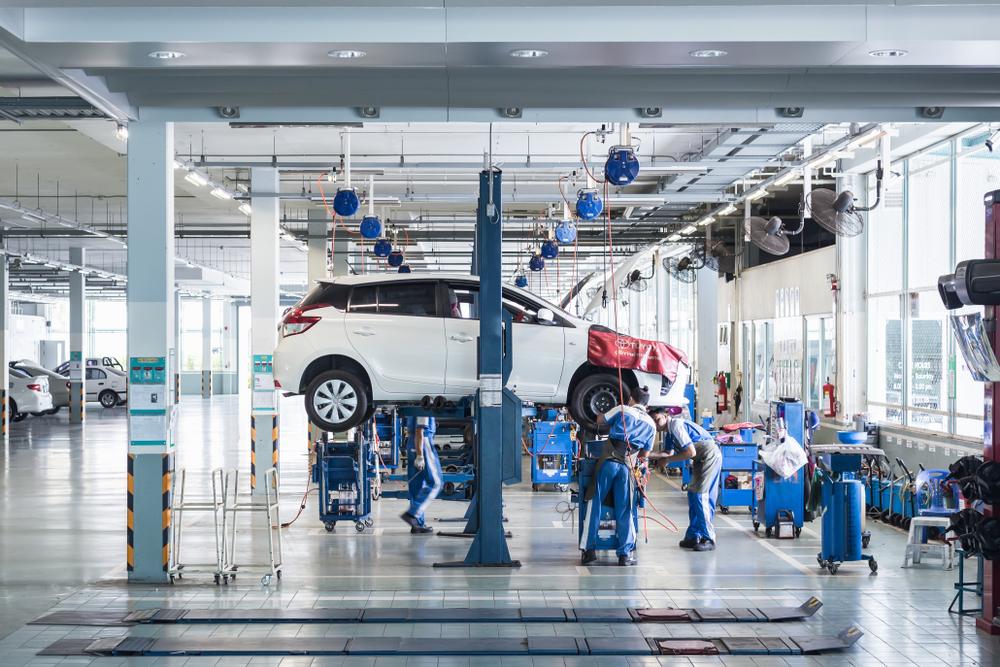Classic cars are not only eye-catching and fun to both look at and drive, but they preserve days gone by and serve as standard bearers for automobile tradition. Many who love classic vehicles do much of the maintenance work themselves. This DIY tuning and repairing labor is part of the passion of vintage car owners. Some people who are advanced mechanics even build classic cars from bare frames.
One area of DIY classic vehicle maintenance is ensuring proper fuel delivery to the engine. The old school method for this is using tried-and-true carburetors, especially for those who favor muscle cars and safe drag racing. However, electronic fuel injection, or EFI, is easier to install than many people think, and it can deliver great results. One well-known system is the Holley Sniper EFI.
Basics of Electronic Fuel Injection
Carburetors are often favored in classic cars with high RPM, or revolutions per minute. This is a measurement of how fast any machine is operating at specific moments or periods. However, modern EFI systems are also a great way to deliver spark and fuel to your engine. Rather than mechanical modes of operation, EFI systems use advanced sensors to deliver what your engine needs to perform at its best.
Sensors
Today’s EFI sensors deliver consistent signals to your classic car’s engine control unit, or ECU. The Holley Sniper system uses multiple types of sensors for various tasks, including:
- Sensors that aid the ECU in injecting the correct amount of fuel to the engine
- Oxygen sensors, critical aspects of EFI systems, that help the ECU make tiny adjustments to the ratio of oxygen to fuel for best performance
- Temperature sensors that measure intake air and coolant
There are other types of sensors also, including those that measure fuel pressure, crankshaft and camshaft positions, and throttle position. Once installed, a modern EFI system can take care of a lot of fine-tuning work, making it a helpful choice in classic cars for beginning mechanics. Advanced EFI systems locate all sensors in a main housing system, which makes installation easy.
Benefits of Modern EFI Systems
Current EFI systems are advanced and suitable for daily vehicles, vintage restoration, and dedicated hot-rod vehicles. The Holley Sniper, for example, delivers up to 350 HP. Advantages of advanced EFI assemblies such as Holley’s include:
- Fits many factory large-bore air cleaner systems
- High-resolution touchscreen for set-up, tuning, and output displays
- Quality EFI kits may feature free software that help with tuning and troubleshooting tips
In addition, sophisticated EFI assemblies feature easy bolt-on installation and self-tuning features that require neither a computer or previous tuning knowledge.
For mechanics who want to get great performance from their classic cars, EFI systems could be the way to go. Kits, such as the Holley Sniper EFI Master Kit, contain all you need to install and set up an innovative EFI system. This process may be easier than you think. To find the right EFI assembly for your particular classic car, talk to a knowledgeable online auto parts store associate to learn about the various systems and get advice on choosing the best option for your car and budget.







